
In Augmented Reality News
May 11, 2023 – Google has this week introduced new Geospatial capabilities to its ARCore platform for building augmented reality (AR) experiences, including Streetscape Geometry API, Geospatial Depth API, and Scene Semantics API.
ARCore is available on 1.4 billion Android devices and select features are also available on compatible iOS devices, making it the largest cross-device augmented reality platform, according to the company. Last year, Google launched its ARCore Geospatial API, which leverages the Google Maps platform and helps developers build AR experiences that are more immersive, richer, and more useful.
The new Geospatial capabilities are designed to help developers and creators build even better world-scale immersive experiences.
Streetscape Geometry API
With the new Streetscape Geometry API, it is possible to interact with, visualize, and transform building geometry around a user. The Streetscape Geometry API allows developers to build experiences that interact with real world geometry, like reskinning buildings, power more accurate occlusion, or just placing a virtual asset on a building, by providing a 3D mesh within a 100m radius of the user’s mobile device location.
Streetscape Geometry API is available on Android and iOS.
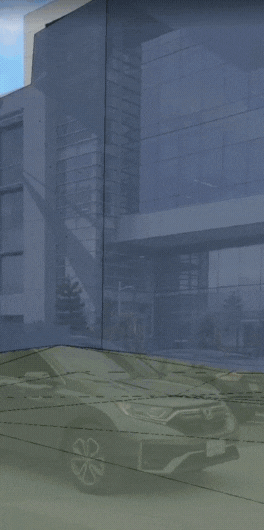
Rooftop Anchors
Previously, Google launched Geospatial anchors, which allow developers to place stable geometry at exact locations using latitude, longitude, and altitude. Over the past year, Terrain anchors were added, which are placed on Earth’s terrain, using only longitude and latitude coordinates, with the altitude being calculated automatically.
This week, the company has introduced Rooftop anchors, a new type of anchor that lets creators and developers anchor digital content securely to building rooftops, respecting the building geometry and the height of buildings.
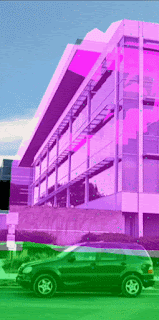
Geospatial Depth
In addition to new anchoring features, Google has also launched Geospatial Depth, which combines a mobile device’s real time depth measurement with Streetscape Geometry data to improve depth measurements using building and terrain data providing depth for up to 65m. With Geospatial Depth, developers can build increasingly realistic geospatial experiences in the real world, according to Google.
Rooftop Anchors are available on Android and iOS. Geospatial Depth is available on Android.
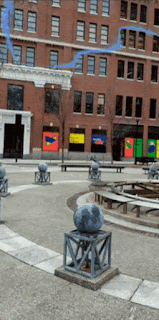
Scene Semantics API
The Scene Semantics API uses AI to provide a class label to every pixel in an outdoor scene, allowing for the creation of custom AR experiences based on the features in an area around a user. At launch, twelve class labels are available, including sky, building, tree, road, sidewalk, vehicle, person, water and more.
The Scene Semantics API can be used to enable different experiences in an app. For example, specific scene components can be identified, such as roads and sidewalks to help guide a user through the city, people and vehicles to render realistic occlusions, the sky to create a sunset at any time of the day, and buildings to modify their appearance and anchor virtual objects.
The Scene Semantics API is available on Android.
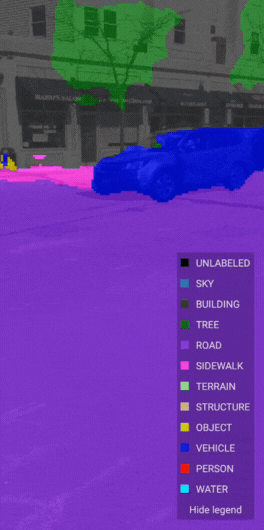
Mega Golf: augmented reality mini-golf
To help get developers and creators started, Google has released ‘Mega Golf,’ an open source demo that helps users experience the new APIs in action. In Mega Golf, players use buildings in their city to bounce off and propel a golf ball towards a hole while avoiding 3D virtual obstacles. The open source demo is available on GitHub.
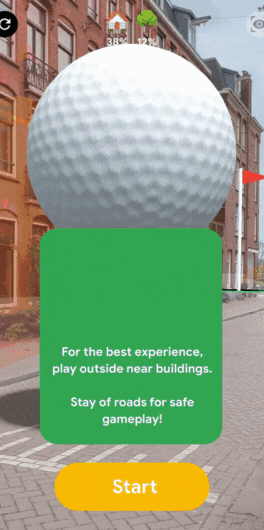
In addition to all of the new ARCore capabilities noted above, Google has also launched its new Geospatial Creator tool for building world-scale augmented reality experiences.
With the new ARCore features improvements and the new Geospatial Creator in Adobe Aero and Unity, Google is aiming to make it easier for developers and creators to build realistic augmented reality experiences. For more information, click here.
Image credit: Google
About the author
Sam is the Founder and Managing Editor of Auganix. With a background in research and report writing, he has been covering XR industry news for the past seven years.
